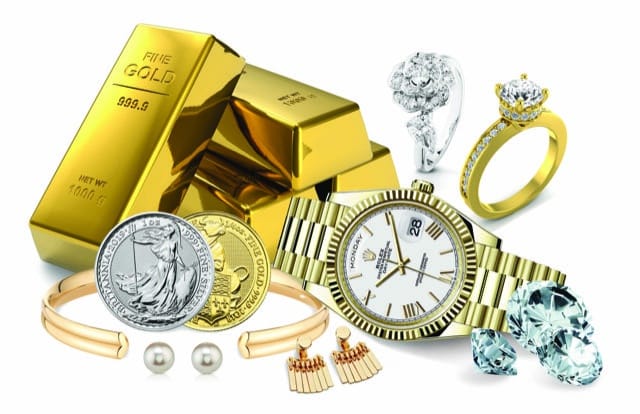Revealing the Mysteries Behind the Valuation Procedure Employed by Gold Acquirers
Wiki Article
This appraisal procedure used from precious metal buyers is a important topic to anyone interested in selling gold. Comprehending the way gold is assessed can help sellers make informed choices and guarantee sellers obtain a fair valuation. Precious metal purchasers generally use various key elements to determine the worth of precious metal pieces, including purity, weight, plus current market prices. Each these elements has a important role during the complete assessment process.
One of first initial stages in this appraisal procedure is evaluating its purity of the gold. Gold fineness is assessed by karat weight, with twenty-four karats representing 100% precious metal. Most precious metal jewelry tends to be usually pure and can be 10, 14, and 18 karats. The greater the karat value, the more greater gold content the piece has. Gold buyers often use various assessment method, like chemical testing and electronic testing, to determine its purity in the gold. Such stage is vital as this directly influences the piece's worth. For instance, instance, a twenty-four karat precious metal item will become valued greater than one fourteen karat piece, even when both weigh same same.
The mass in a precious metal piece is another critical element of the appraisal process. Gold can be typically measured in grams or troy ounces. Buyers shall measure a precious metal for compute the worth based to the fineness. This mass is multiplied by its gold's purity ratio to find an amount in 100% gold in the piece. For instance, if a 14-karat gold ring has a mass of 10 grams, it holds approximately 5.83 of pure gold of 100% precious metal. This computation helps buyers ascertain the amount of they will be willing to pay for the piece.
Current market valuations also play an important part in this appraisal for precious metal. Current price for precious metal varies based to supply plus market needs, financial factors, as well as global occurrences. Precious metal purchasers keep a close eye on these trading fluctuations for ensure they offer fair valuations. They commonly look at a spot valuation for precious metal, which is the current market valuation of immediate delivery. Such valuation can change every day, therefore purchasers need to remain updated for provide accurate assessments. Sellers should also remain aware of these trading fluctuations, as these may influence a valuation they receive for their gold.
Finally, the condition plus quality of a gold item may affect its value. Unique designs, designer labels, and cultural visit this site importance may each contribute toward the worth for the item. For instance, one well-crafted gold chain from a renowned brand may fetch an higher valuation compared to one comparable piece without any designer label. Purchasers will consider such elements while formulating an bid. Vendors should take the effort for polish plus showcase their precious metal items well, as it may positively influence the buyer's perception plus the ultimate price.

To summary, this appraisal procedure employed from precious metal buyers involves several key elements, such as purity, weight, current trading valuations, and the state in a piece. Comprehending such factors may assist vendors navigate the selling process more efficiently. Through staying knowledgeable on the way precious metal is valued, sellers may ensure they obtain an equitable price for their precious metal pieces. Regardless of whether disposing of ornaments, coins, or other precious metal items, knowledge of this valuation process is essential for formulating wise monetary choices.